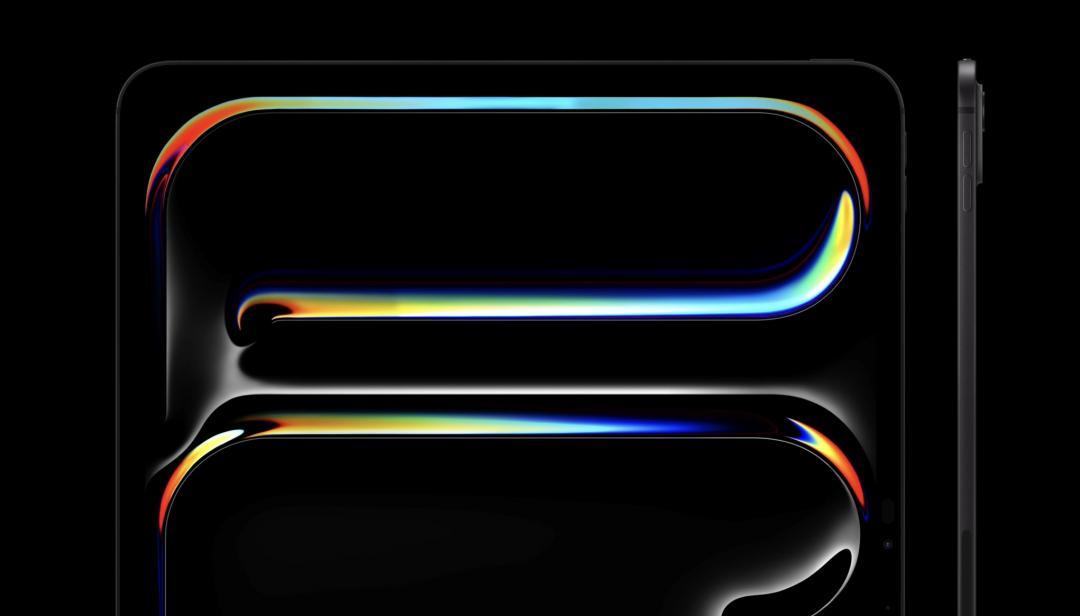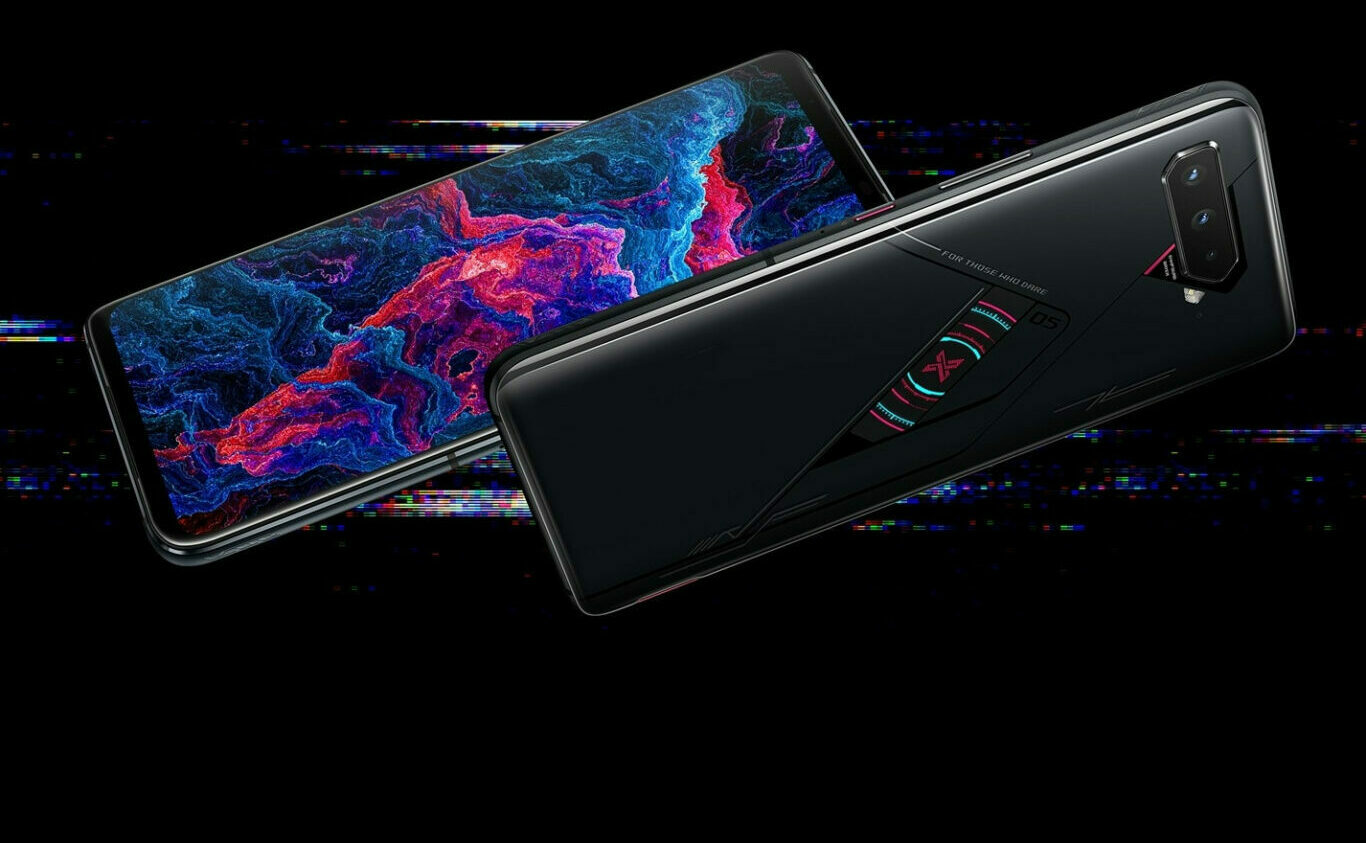二手收購手機
The 二手收購手機iphone X’s new neural engine exemplifies Apple’s approach to AI
The 二手收購手機iphone X’s new neural engine exemplifies Apple’s approach to AI
/
Artificial intelligence in your hand, not in the cloud
Share this story
Apple’s new 二手收購手機iphone X is billed as “the future of the smartphone,” with new facial recognition and augmented reality features presented as the credentials to back up this claim. But these features wouldn’t be half as slick without a little bit of hidden futurism tucked away in the phone’s new A11 Bionic chip: Apple’s new “neural engine.”
The neural engine is actually a pair of processing cores dedicated to handling “specific machine learning algorithms.” These algorithms are what power various advanced features in the 二手收購手機iphone, including Face ID, Animoji, and augmented reality apps. According to Apple’s press materials, the neural engine performs “up to 600 billion operations per second” to help speed AI tasks (although this stat is hard to put in proper context; operations-per-second is never the sole indicator of performance).
What’s clear about the neural engine is that it’s typical of Apple’s approach to artificial intelligence. AI has become increasingly central to smartphones, powering everything from the speech recognition to tiny software tweaks. But to date, AI features on mobile devices have been mostly powered by the cloud. This saves your phone’s battery power by not taxing its processor, but it’s less convenient (you need an internet connection for it to work) and less secure (your personal data is sent off to far-away servers).
Apple’s approach is typical of the company’s ethos: it’s focused on doing AI on your device instead. We saw this back in June 2016, when the company introduced “differential privacy” (using statistical methods to mask users’ identity when collecting their data), and at WWDC this year when it unveiled its new Core ML API. The “neural engine” is just a continuation of the same theme. By having hardware on the phone itself that’s dedicated to AI processing, Apple sends less data off-device and better protects users’ privacy.
The 二手收購手機iphone-maker isn’t the only company to pursue this approach. Chinese tech giant Huawei put a similar “Neural Processing Unit” in its Kirin 970 system-on-chip, saying its can handle tasks like image recognition 20 times faster than a regular CPU. Google has developed its own methods of on-device AI called “federated learning,” and has hinted that it too is working on mobile chips for machine learning. ARM has reconfigured its chip design to favor artificial intelligence, and chipmaker Qualcomm says it’s only a matter of time before it, too, launches its own mobile AI chips.
Because although the 二手收購手機iphone X’s neural engine is typical of Apple’s approach to AI, it’s not just the company’s particular quirk. It’s the future of the whole mobile industry.
 蘋果首度在iPad Pro(M4)提供Nano-texture玻璃選項。(圖/官網)
蘋果首度在iPad Pro(M4)提供Nano-texture玻璃選項。(圖/官網)
蘋果最新推出的iPad Pro(M4)成為史上最昂貴的一代,最高價格飆破9萬元。此次在1TB、2TB容量版本中首度提供Nano-texture玻璃選項,也就是說想入手配置Nano-texture玻璃的iPad Pro(M4),至少花費55,900元。然而。如此高價的蘋果平板該如何保養呢?
Nano-texture玻璃主要的功用是「抗眩光」,過去只提供給電腦螢幕產品選配,例如Studio Display和Pro Display XDR,而蘋果官方有提供清潔Nano-texture的教戰守則。
根據蘋果支援網頁指出,清除nano-texture玻璃螢幕上的灰塵或髒污時,僅限使用蘋果原廠擦拭布,若需要清潔少見難以去除的髒污,可使用70%異丙醇酒精(IPA)溶液沾濕擦拭布。
二手收購手機 二手收購手機
